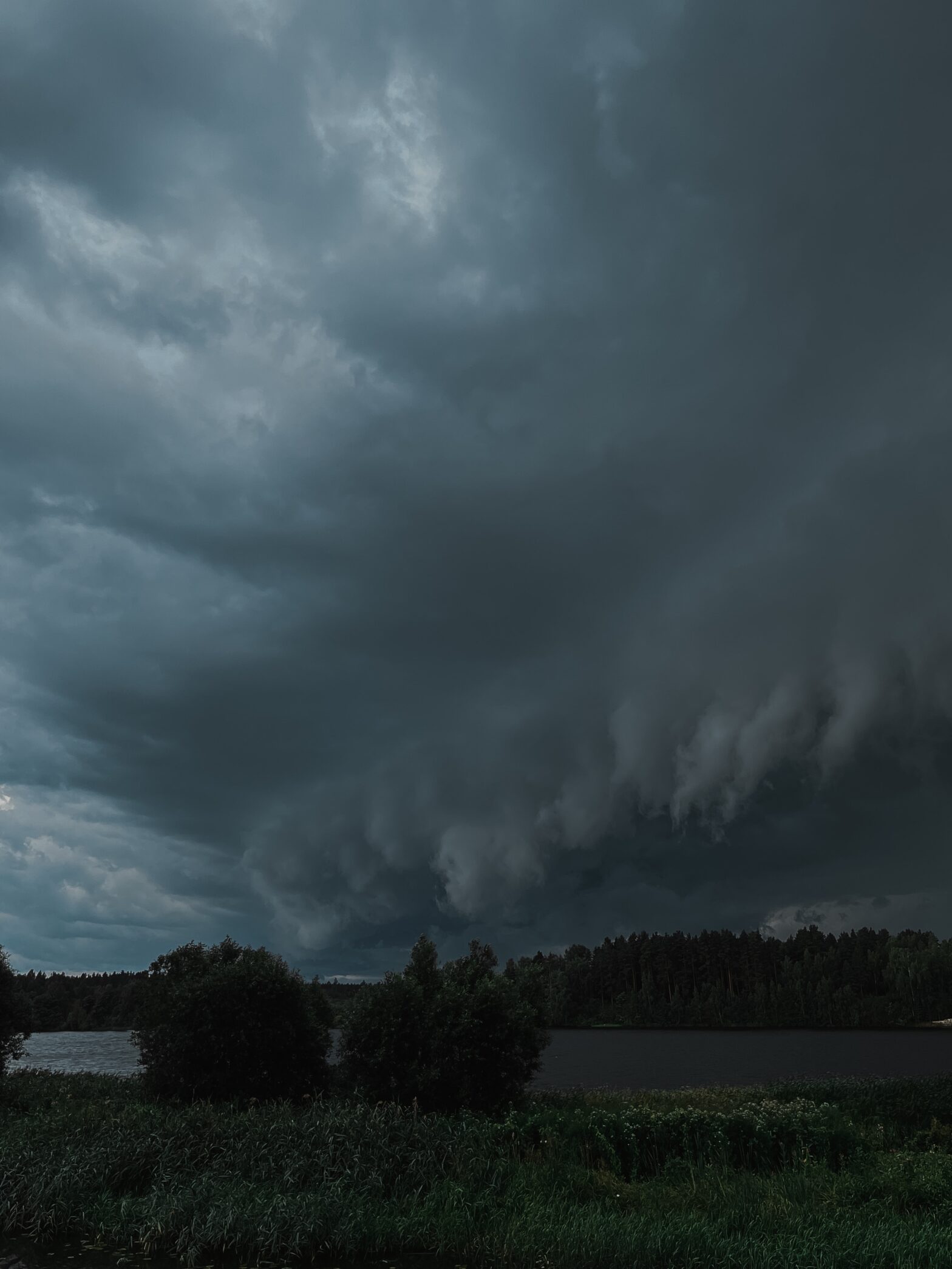Japanese researchers spotlight a concerning rise in the intensity and frequency of typhoons in the country, offering valuable information to evaluate the potential impacts of future typhoons.
Tropical cyclones, universally recognised depending on their location as hurricanes, typhoons, or cyclones, are among the most destructive natural calamities. Typically forming over warm ocean surfaces near the equator, these devastating storms wreak havoc when they encounter populated areas, leading to significant socio-economic damages.
In Japan, typhoons pose a recurring menace, causing annual loss of life, infrastructure damage and agricultural harm. Disturbingly, recent decades have observed an uptick in typhoons making landfall, some even intensifying, leading to a significant increase in losses—the recent Typhoon Lan is one such example.
Numerous studies have been initiated to grasp the evolving characteristics of typhoons, emphasising potential alterations owing to climate change and laying out strategies for disaster prevention and mitigation.
A recent study by a duo researchers from the Disaster Prevention Research Institute at Kyoto University bridged this knowledge gap. Delving into 60 typhoons from 2006 to 2019, the study segmented the period into two: before 2012 and after 2013. The latter period witnessed a higher annual frequency of typhoons, which not only reached Japan quicker but also had a shorter active duration over the nation. These recent typhoons packed stronger winds and displayed considerably lower pressures at landfall. Additionally, they brought about more frequent, intense rainfall.
Factors such as higher sea surface temperatures, weaker vertical wind shears, and increased moisture around typhoon centres were identified as contributors to the enhanced strength of recent typhoons. On average, these typhoons took between 5-8 days to approach Japan and an additional 1-3 days to traverse through it. However, some took longer, with a few even remaining over land for more than three days.
Notably, stronger typhoons, paired with prolonged, heavy rainfall, spell potential disaster for Japan. The ENSO (El Niño-Southern Oscillation) effect, given its pronounced role in the Pacific Basin, might be a contributing factor to these changing patterns.
The study, reported in Geomatics, Natural Hazards and Risk, has unearthed valuable information to evaluate the potential impacts of future typhoons. By deep-diving into these factors, Japan, and indeed the world, can be better equipped to face and mitigate the challenges presented by future typhoons.


